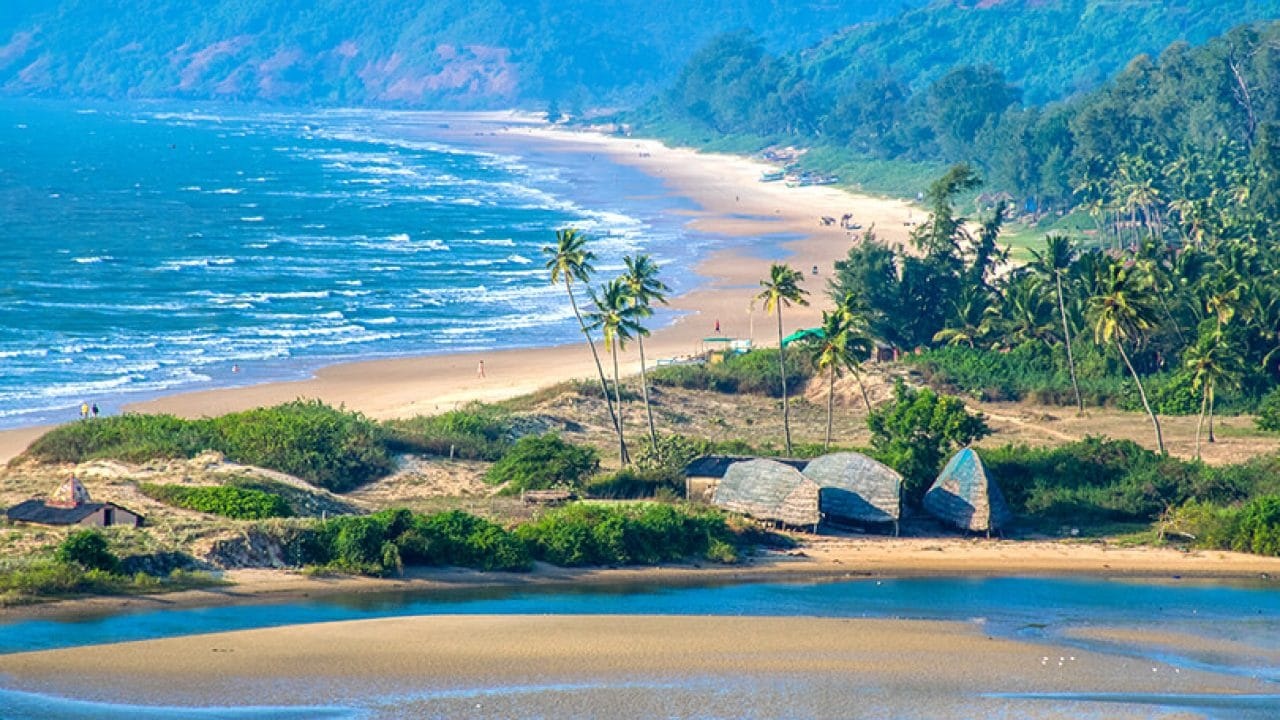India’s Coastline in Danger: What Can Be Done?
Context
India’s coastal regions face two major threats:
-
Illegal light fishing, which depletes marine biodiversity.
-
Coastal erosion, affecting 33.6% of the coastline (government data).
These issues impact economy, environment, and livelihoods, requiring urgent action.
India’s Coastal Region
1. India’s Extensive Coastline
-
7,500 km coastline across 9 states and 4 UTs.
-
Supports trade, livelihoods, and biodiversity.
2. Economic Significance
-
Contributes 4% to GDP through fisheries, tourism, and shipping.
-
Example: Mumbai and Chennai ports handle 70% of India’s trade.
3. Biodiversity and Climate Risks
-
Mangroves, coral reefs, and endangered species (Olive Ridley turtles).
-
Rising sea levels (3.2 mm/year) and frequent cyclones.
Significance of Coastal Ecosystems
1. Climate and Carbon Absorption
-
Mangroves store 4x more carbon than terrestrial forests.
-
Example: Bhitarkanika Mangroves (Odisha).
2. Fisheries and Livelihoods
-
70% of India’s fish production comes from coastal waters.
-
16 million fishers depend on it.
3. Natural Disaster Protection
-
Coral reefs and sand dunes reduce erosion and storm impact.
-
Example: Gulf of Mannar reefs protect Tamil Nadu.
4. Tourism and Heritage
-
Coastal tourism generates $11 billion annually.
-
Example: Goa and Puri beaches.
-
Coastal regions host UNESCO sites.
Key Issues
1. Illegal Light Fishing
-
LED-equipped boats deplete fish stock.
-
Example: Maharashtra and Andhra Pradesh face rampant violations.
2. Coastal Erosion
-
33.6% of coastline eroding due to rising sea levels and sand mining.
-
Example: Dakshina Kannada lost 48.4% of its coastline in 30 years.
3. Pollution and Habitat Destruction
-
Plastic, sewage, and industrial waste degrade marine life.
-
Example: Versova Beach cleanup.
-
Mangrove loss reduces storm buffers.
-
Example: Mumbai lost 40% of its mangroves since 1987.
4. Weak Enforcement
-
Illegal fishing, construction, and CRZ violations persist.
-
Example: Adani Port (Kerala) faced CRZ violations.
Way Forward
1. Strict Law Enforcement
-
AI surveillance, drones, and Coast Guard patrols.
-
Example: Kerala’s crackdown on LED fishing boats.
2. Eco-Friendly Coastal Protection
-
Artificial reefs, sand replenishment, and breakwaters.
-
Example: Puducherry’s breakwaters reduced erosion by 30%.
3. Community Participation
-
Fisher cooperatives to ensure sustainable fishing.
-
Example: Tamil Nadu’s fisher patrols against illegal trawling.
4. Climate Adaptation
-
Relocate high-risk settlements, build cyclone-resistant homes.
-
Example: Odisha’s disaster-resilient housing.
5. Research & Policy Support
-
Scientific studies, better coastal mapping, increased funding.
-
Example: NCCR’s satellite tracking of erosion-prone zones.
Conclusion
India’s coasts are critical for economy, ecology, and heritage, but face threats from erosion, pollution, and overfishing.
Strict policies, eco-friendly solutions, and community involvement can help protect these vital ecosystems.


.jpg)

Comments (0)